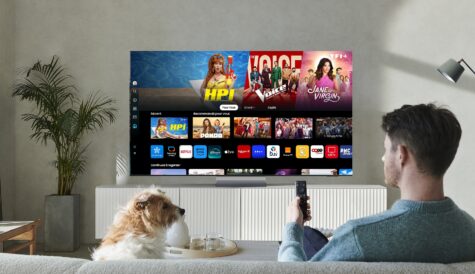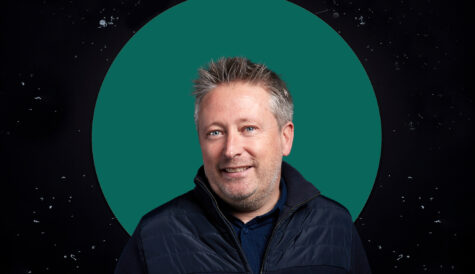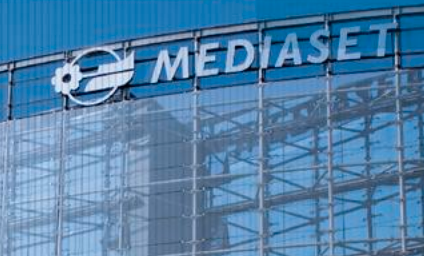Disney turns to OTT to engage 20 to 30 year-old viewers
Disney is looking to over-the-top (OTT) delivery as a way to engage 20 to 30 year-olds as pay TV growth tapers off, according to Ben Pyne, president of global distribution at Disney Media Networks.
Speaking at the CTAM EuroSummit 14 conference in Copenhagen this morning, Pyne said that OTT is something that Disney is “certainly very interested in,” citing its recent deal with Dish in the US to distribute channels over-the-top to viewers.
“In the United States, we roughly have 100 million multi-channel households and there’s been tremendous growth in households. But, over the last couple of years, there’s only so many households in the United States and we have seen growth start to taper,” said Pyne.
“We saw a trend which is that people from the ages of 20 to 30, five to eight years ago – before the recession – found their entertainment through their cable, satellite or multi-channel subscription. But since the recession they were not signing up and the rate was much lower – this is throughout the industry.”
Though Pyne said that Disney still finds cord cutting to be “minimal” he said that the company is closely monitoring the situation, doing studies every six months. Cord slicing, or still taking pay TV but less packages, was “more prevalent” he said.
Pyne claimed that that Disney’s aim with the Dish deal was to try to get ‘young broadbanders’ aged 20 to 30 to “start paying for content through a multi-channel provider,” agreeing the partnership earlier this year after taking interest in what Sky was doing with its OTT Now TV service in the UK.
Disney’s Dish deal will allow the pay TV operator to air linear and video-on-demand content from the ABC-owned broadcast stations, ABC Family, Disney Channel, ESPN and ESPN2, as part of a forthcoming internet delivered, IP-based multichannel offering.
Pyne said these Disney channels, bundled with another 10 or 15 services, will be offered OTT by Dish for a price point of US$30 (€23) to US$40 as opposed to US$80 for the full pay TV service.
“Clearly we do not want downgrades. It was targeted to an audience who was used to using the internet, used to using their PC often to watch content.”
“To get people entering into the industry and entering into watching our channels was a key tenant. We are very excited to see it launch. We don’t know, quite frankly, if this is the end result or if it’s going to change and morph, but we’re certainly going to experiment.”




